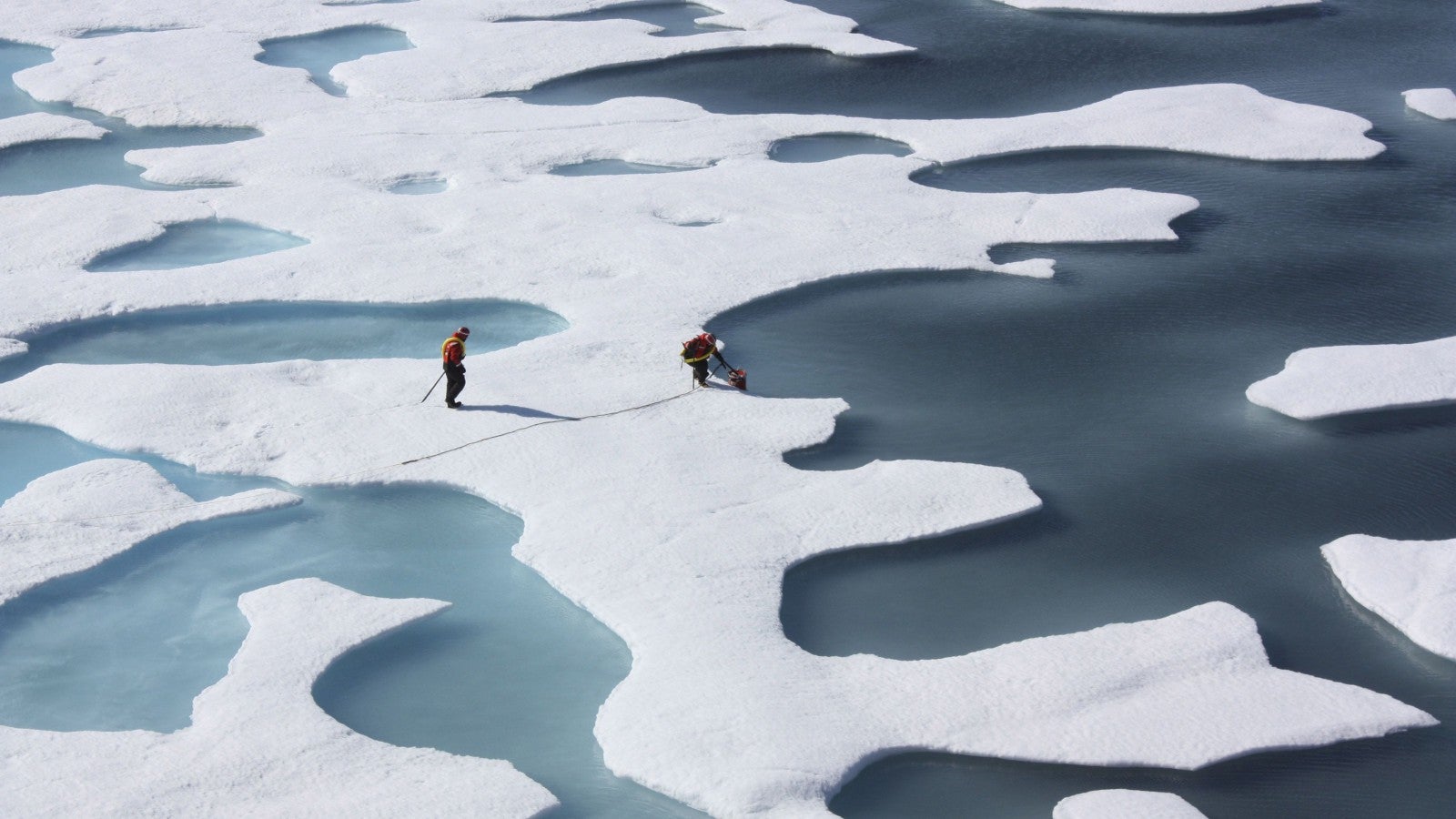The cost of letting the Arctic melt has been revealed—and it’s staggering
The melting of the Arctic is already affecting life on earth—causing harm to animals, opening up new sea routes, and enabling controversial oil-drilling in some of the world’s least-explored areas.


The melting of the Arctic is already affecting life on earth—causing harm to animals, opening up new sea routes, and enabling controversial oil-drilling in some of the world’s least-explored areas.
But now the financial cost has been modeled, too, and it’s colossal.
The Arctic is warming twice as fast as the global average, and as it warms, its permafrost layer melts, releasing carbon dioxide and methane gases. By 2200, the economic impact of these additional atmospheric emissions could be a stunning $43 trillion, project researchers from the University of Cambridge and the National Snow and Ice Data Center at the University of Boulder, Colorado, in a paper published earlier this month in the journal Nature Climate Change.
To calculate the toll of Arctic emissions, the researchers used a scenario developed by the Intergovernmental Panel on Climate Change, which predicts human-related emissions up to 2100. Based on one model of that scenario, they calculated potential global emissions-related costs from factors including lost agricultural land, human health problems and even higher air-conditioning bills due to warming temperatures, over the next two centuries.
Even assuming that human manage to curb their own emissions by 2100, the researchers predicted that the total cost of climate change would be about $326 trillion by 2200. Once they included permafrost emissions, that figure rose to US$369 trillion.
That’s as much as every country’s GDPs in 2014, added together, and then multiplied by five.
Permafrost in the Arctic has already begun to melt due to a warming climate, the researchers said. This releases carbon from organic matter that it stores—as much as 1,700 gigatons—which adds to atmospheric emissions from human activity like the burning of fossil fuels.
“Reducing fossil fuel emissions and stopping climate change is not a stark choice between jobs and the environment,” said Schaefer in a press release that accompanied the research. One way in which the discussion on climate policy is framed, pitting economic prosperity on one side against climate policy on the other, makes little sense when the financial cost of emissions are so high.